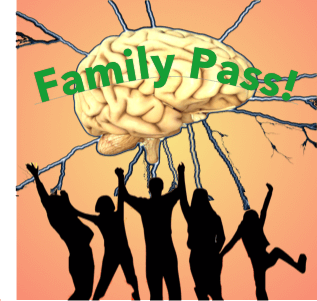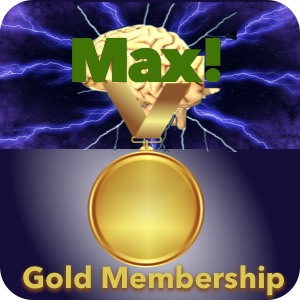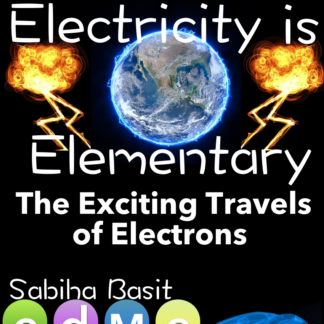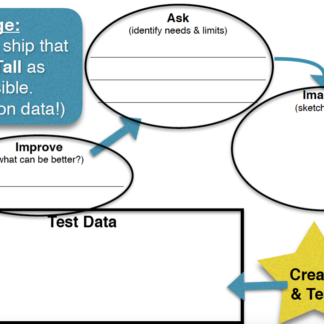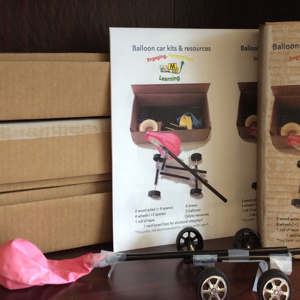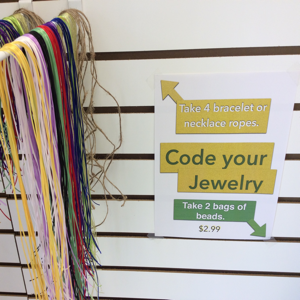Now that we are fully in the back-to-school mode, I wanted to share how we will be supporting students of all ages.
Sometimes tutoring simply means sharpening skills again. For these types of students, we have a variety of online experiences that give you immediate feedback. For example, our reading adventures give you immediate feedback on skills like summarizing, citing details, and identifying characters’ intents. Check out the edMe library as we add more and more titles to our reading, science and math offerings.
For students looking to grow real-world skills. we have a great problem-solving interface that allows you to solve math, writing and engineering problems. This interface asks for you to upload components of your problem-solving thinking. This helps us target feedback to specific processes, AND it helps you become a more thoughtful problem solver. This aspect of our tutoring ecosystem is novel and we are truly excited. You solve problems, we give you feedback overnight and you develop the skills that people love and are often overlooked in day-to-day lives.
For those of you in northern Virginia, we also offer tutoring services for students aged 4-24. We are always looking to help students build knowledge, problem-solving skills, and address issues inhibiting progress at schools. We mix in-person tutoring with our suite of online tools so that we can offer tutoring below traditional costs. Like most companies today, we are using technology to bring you more value.

